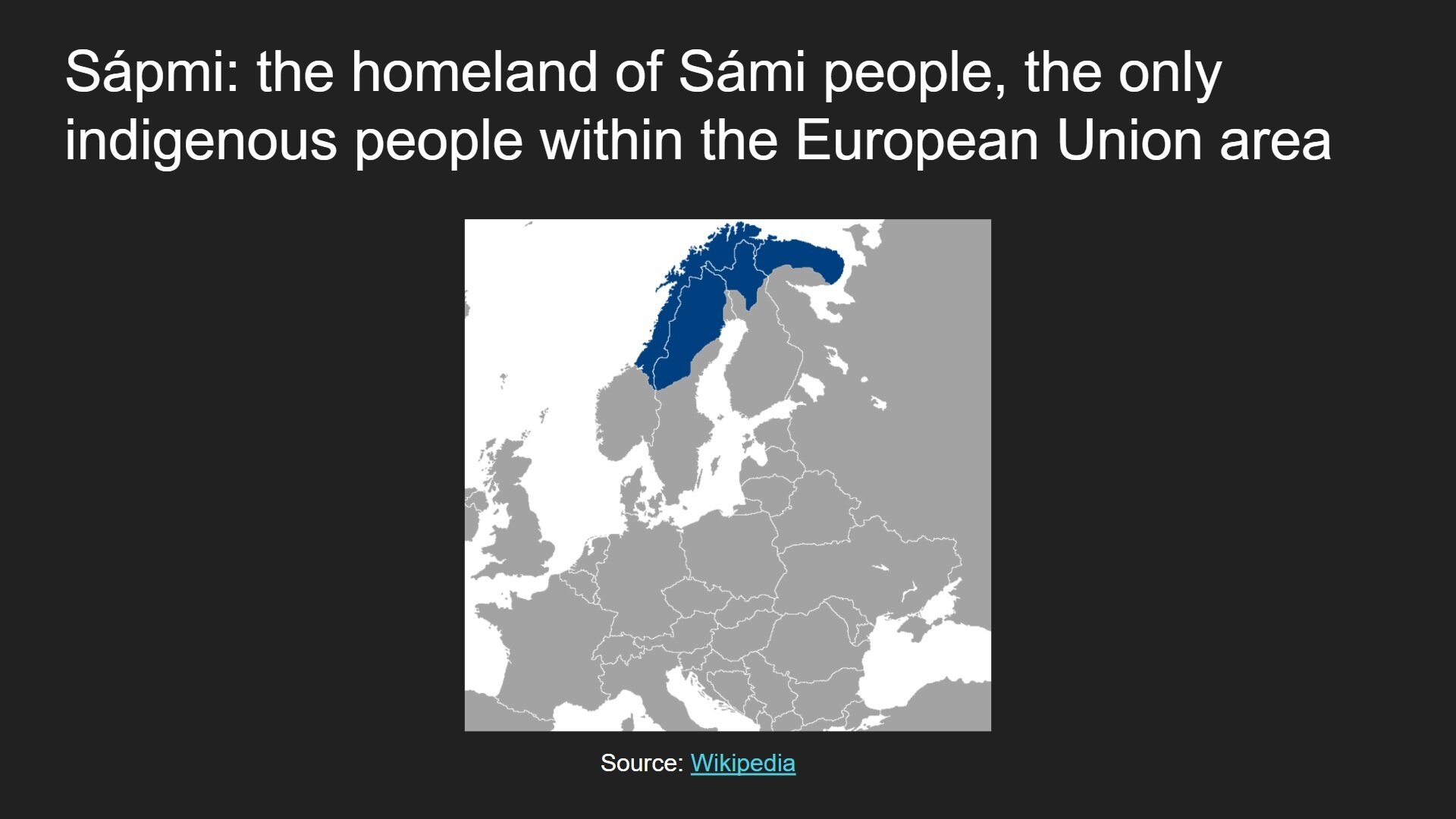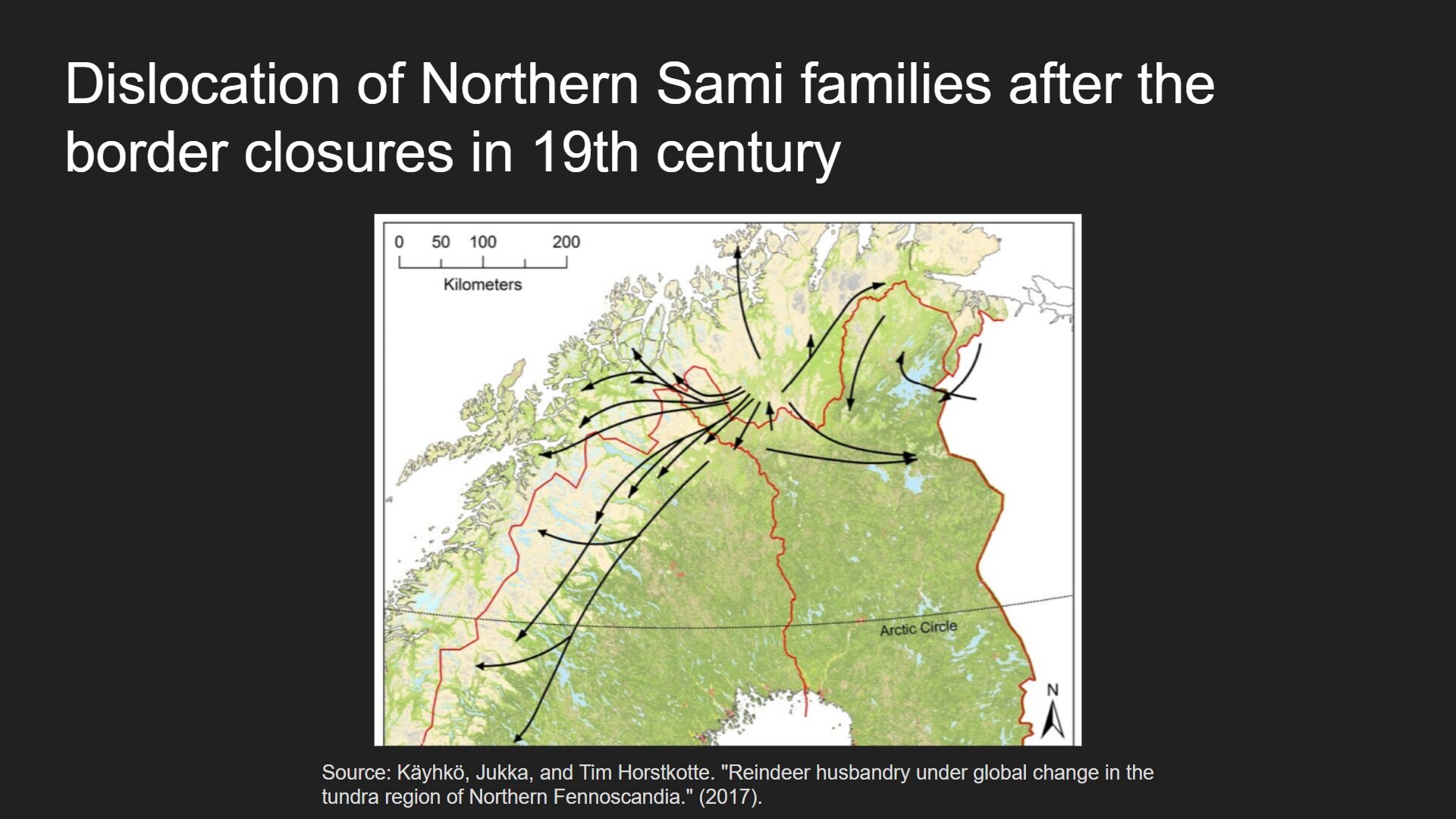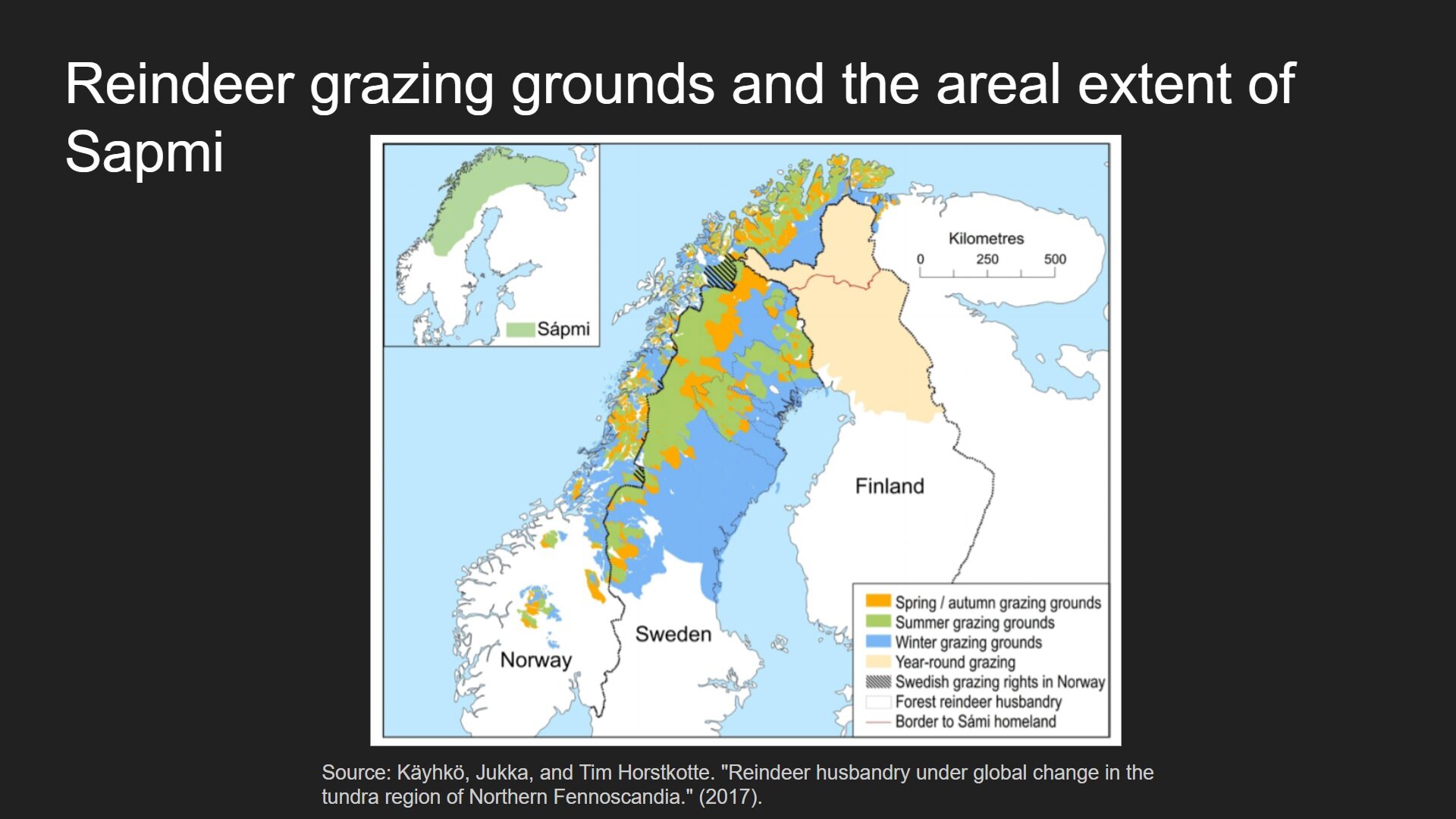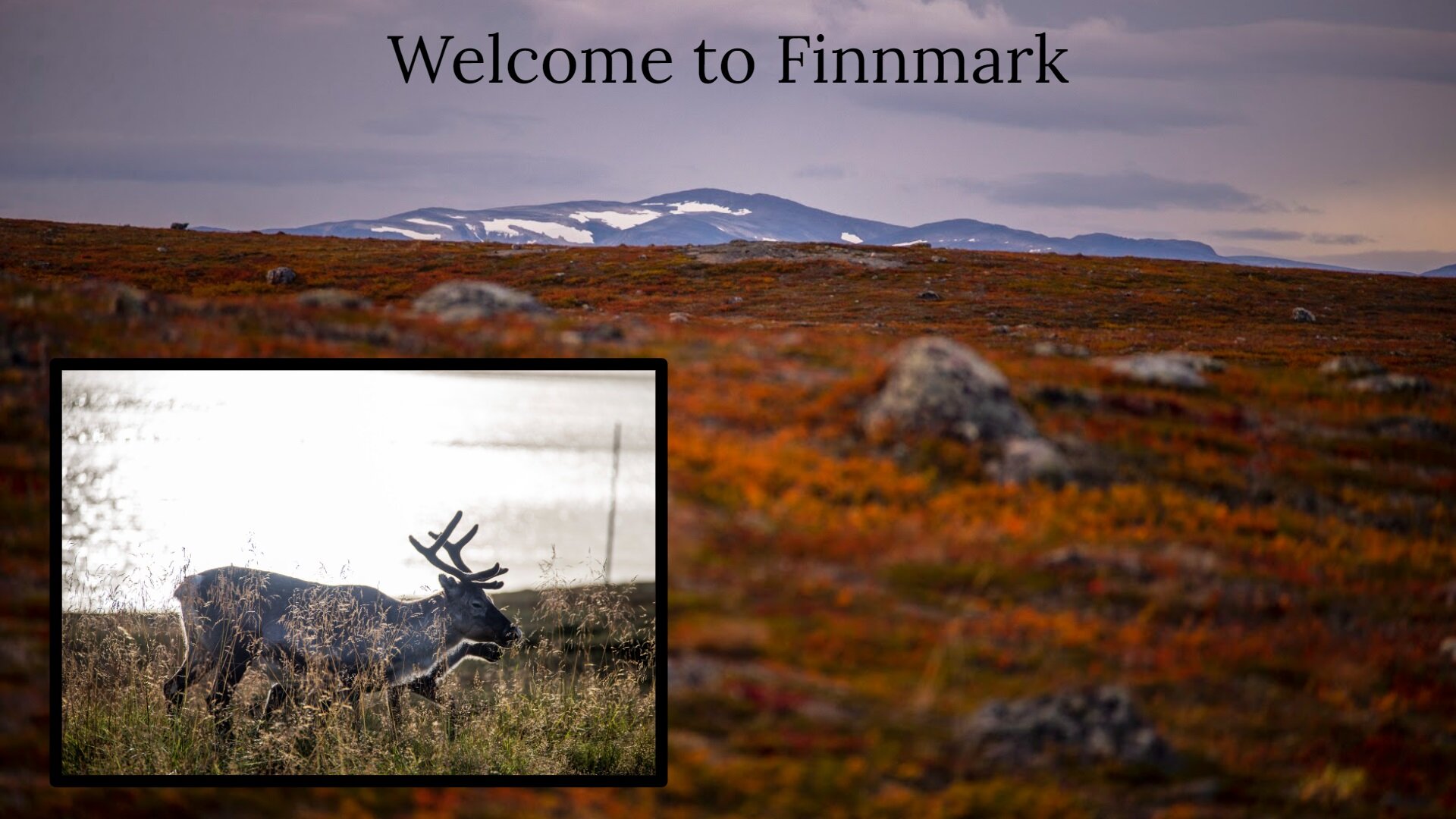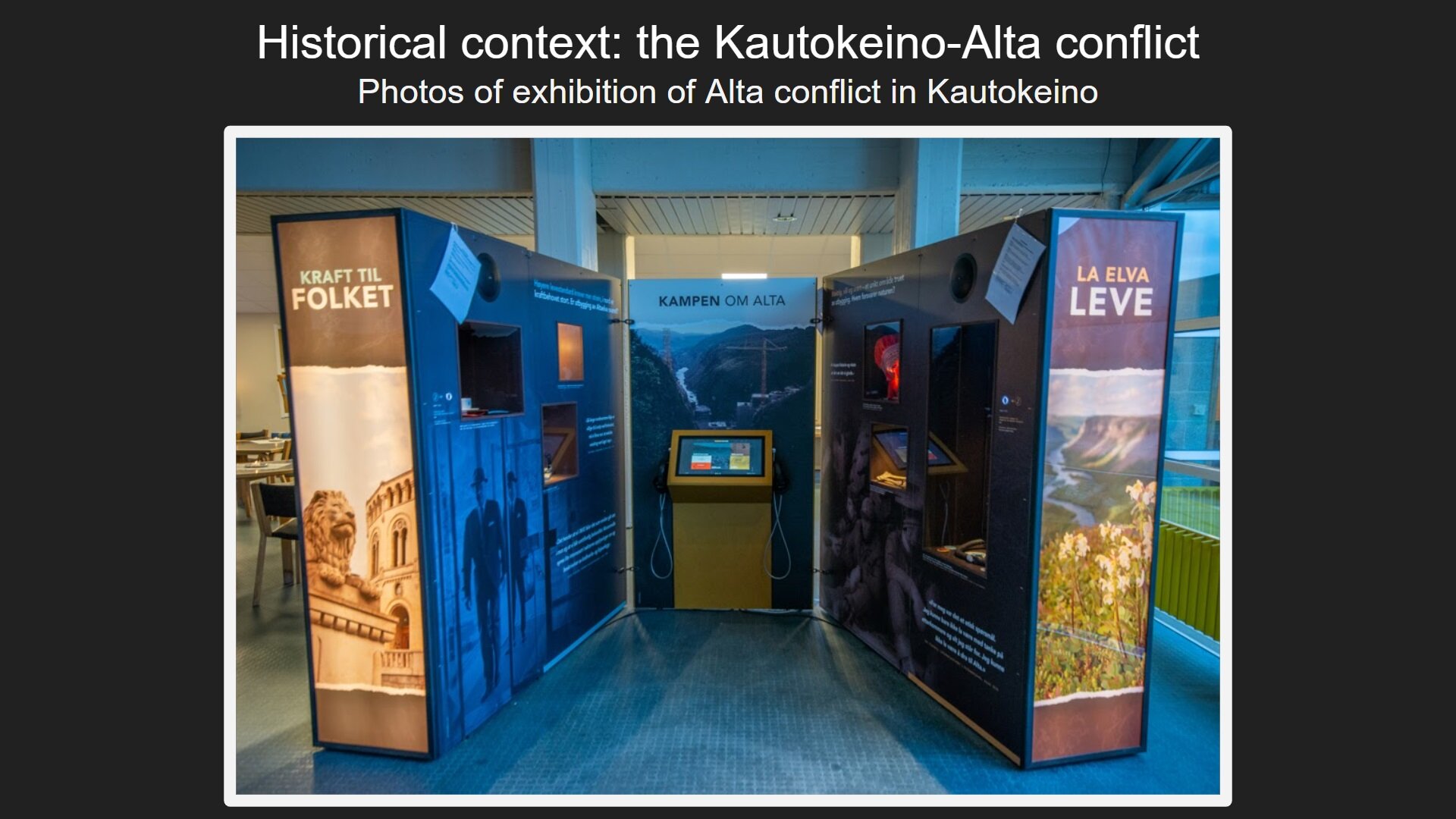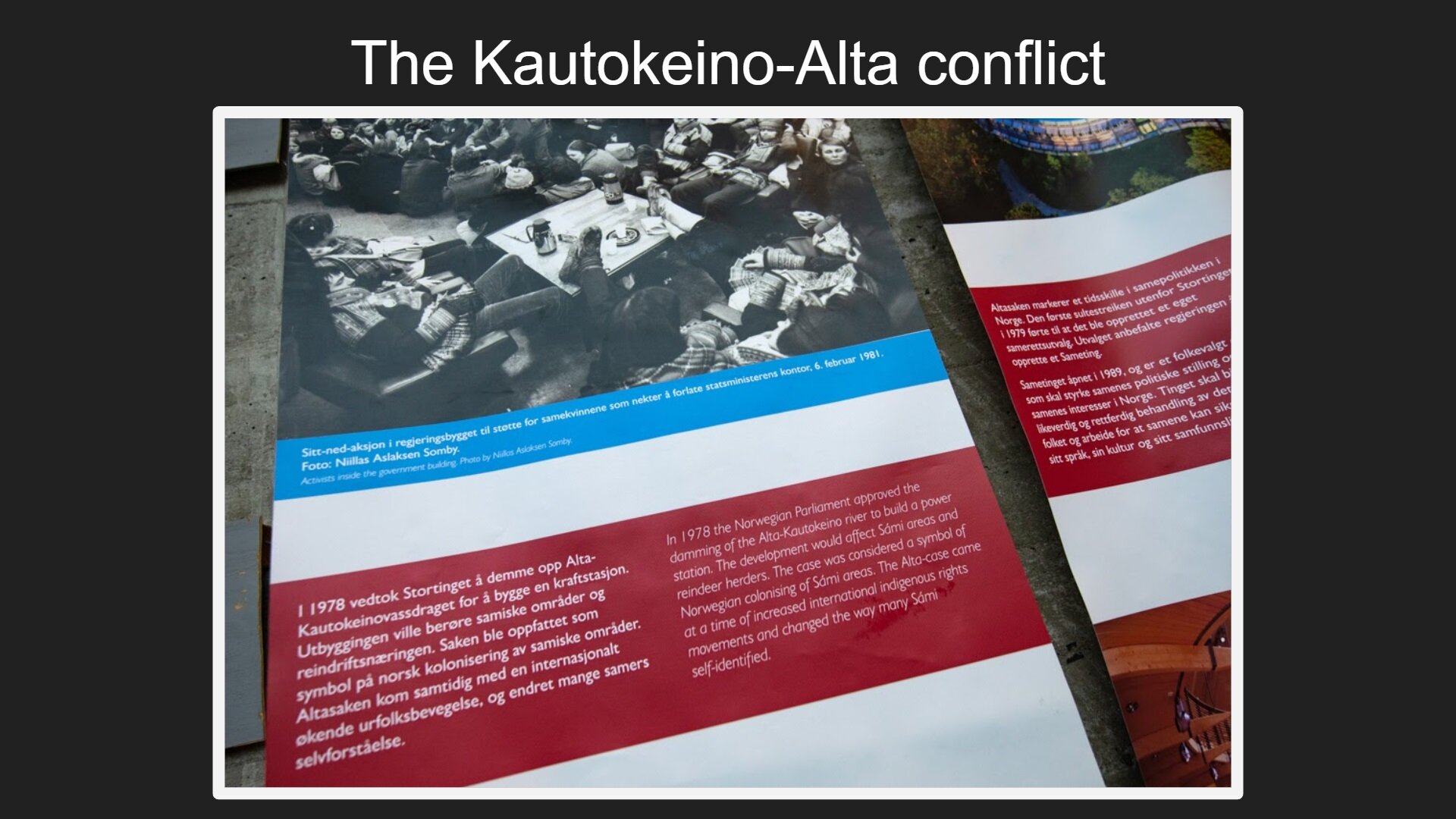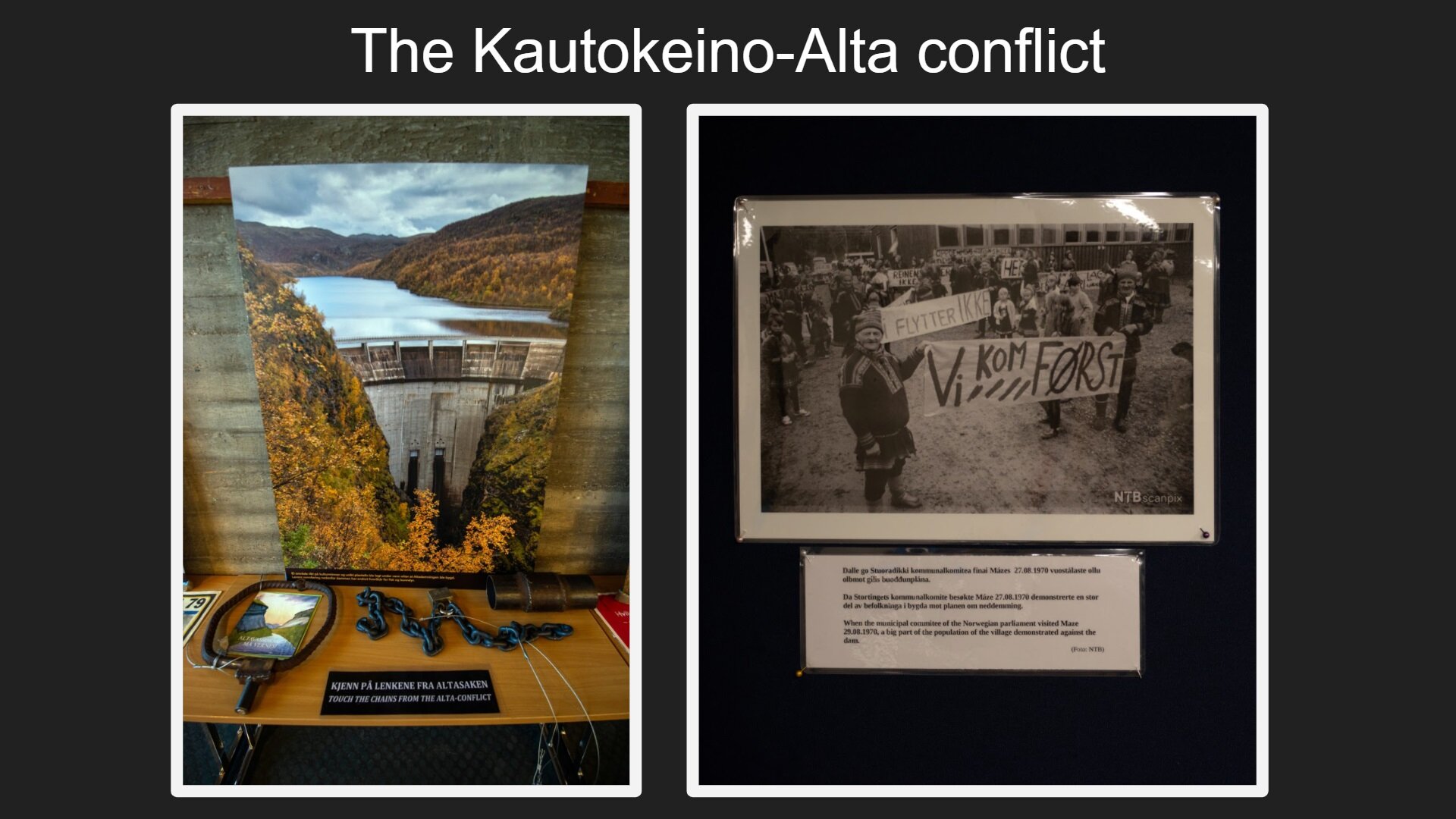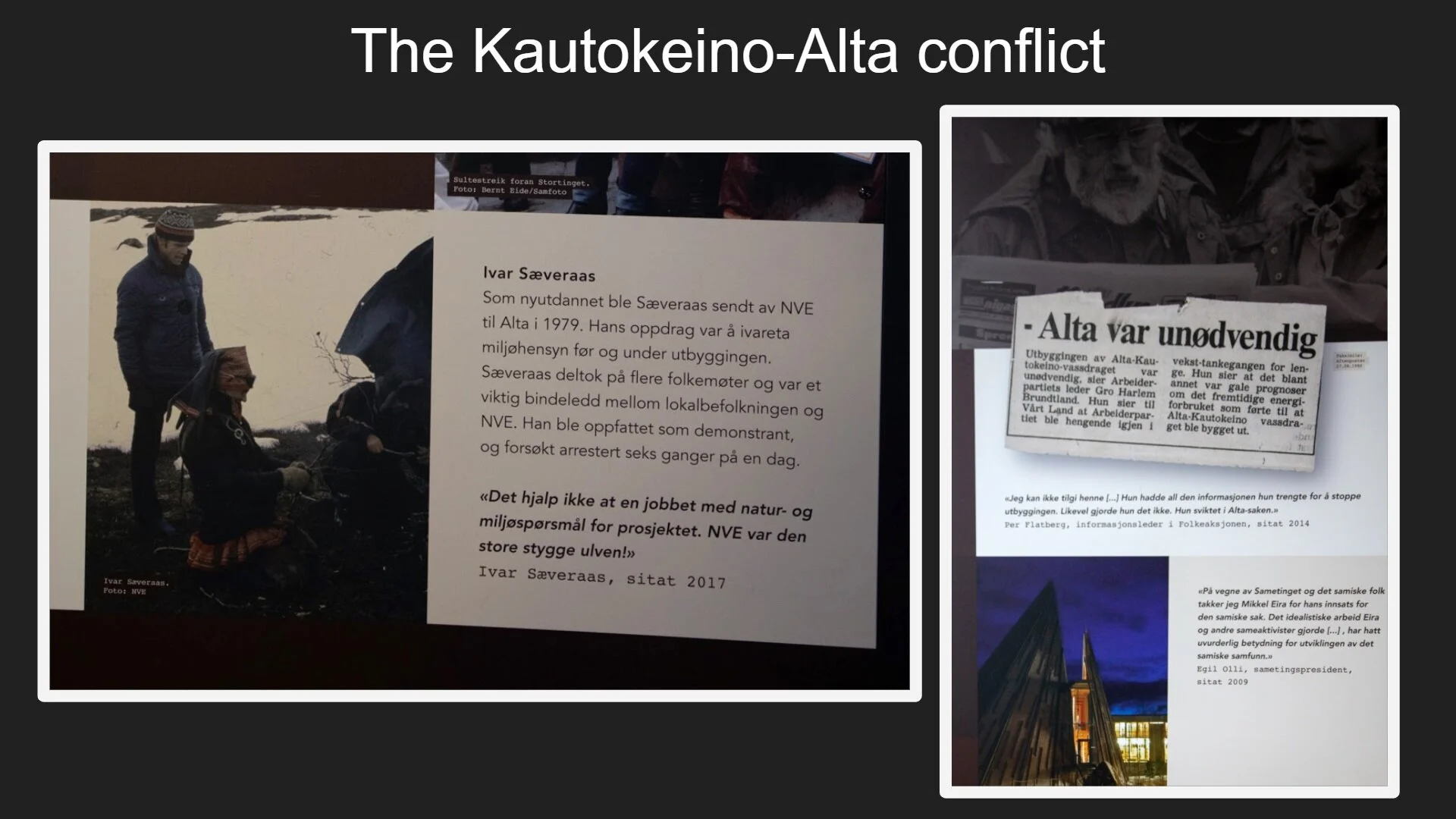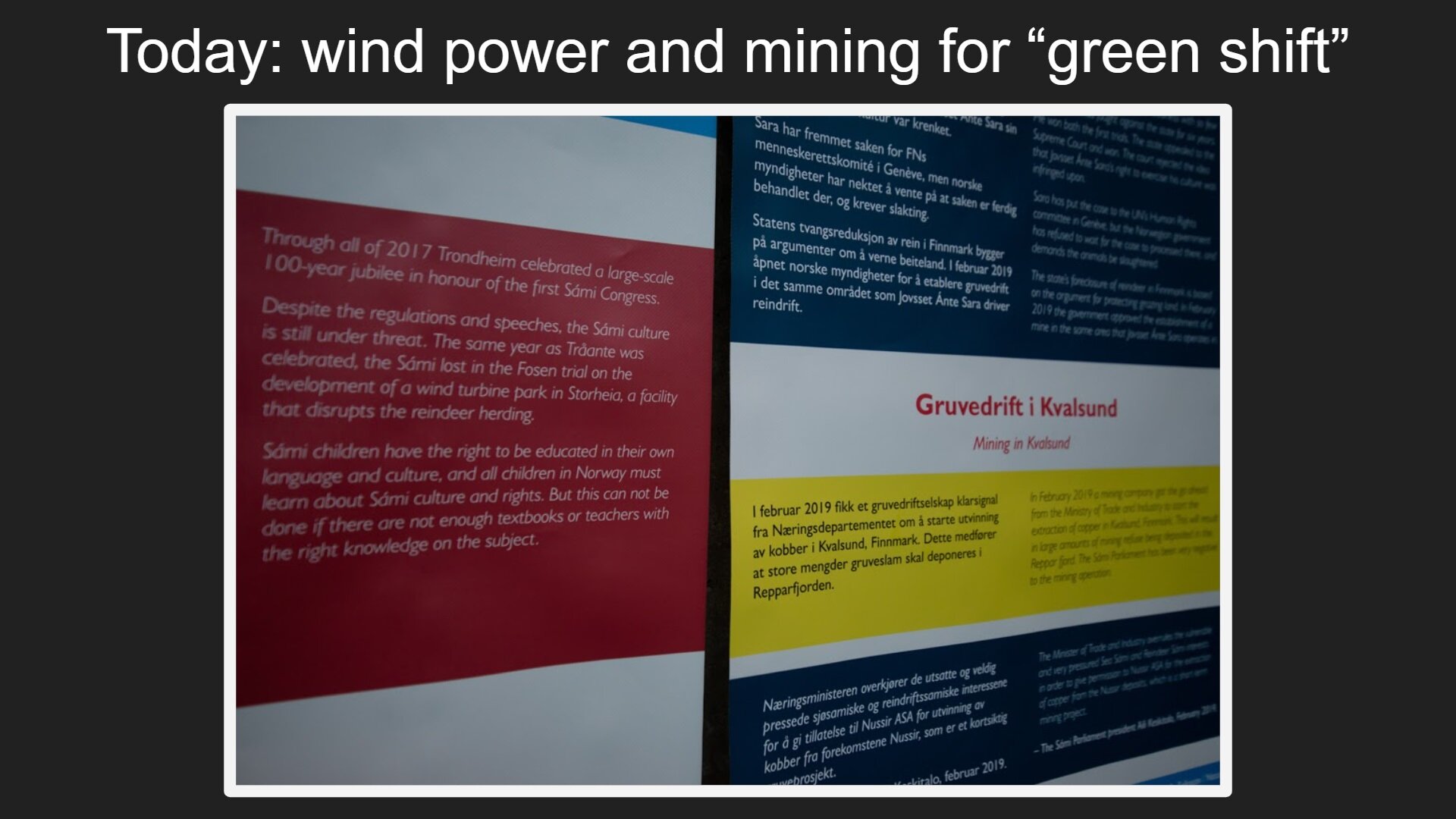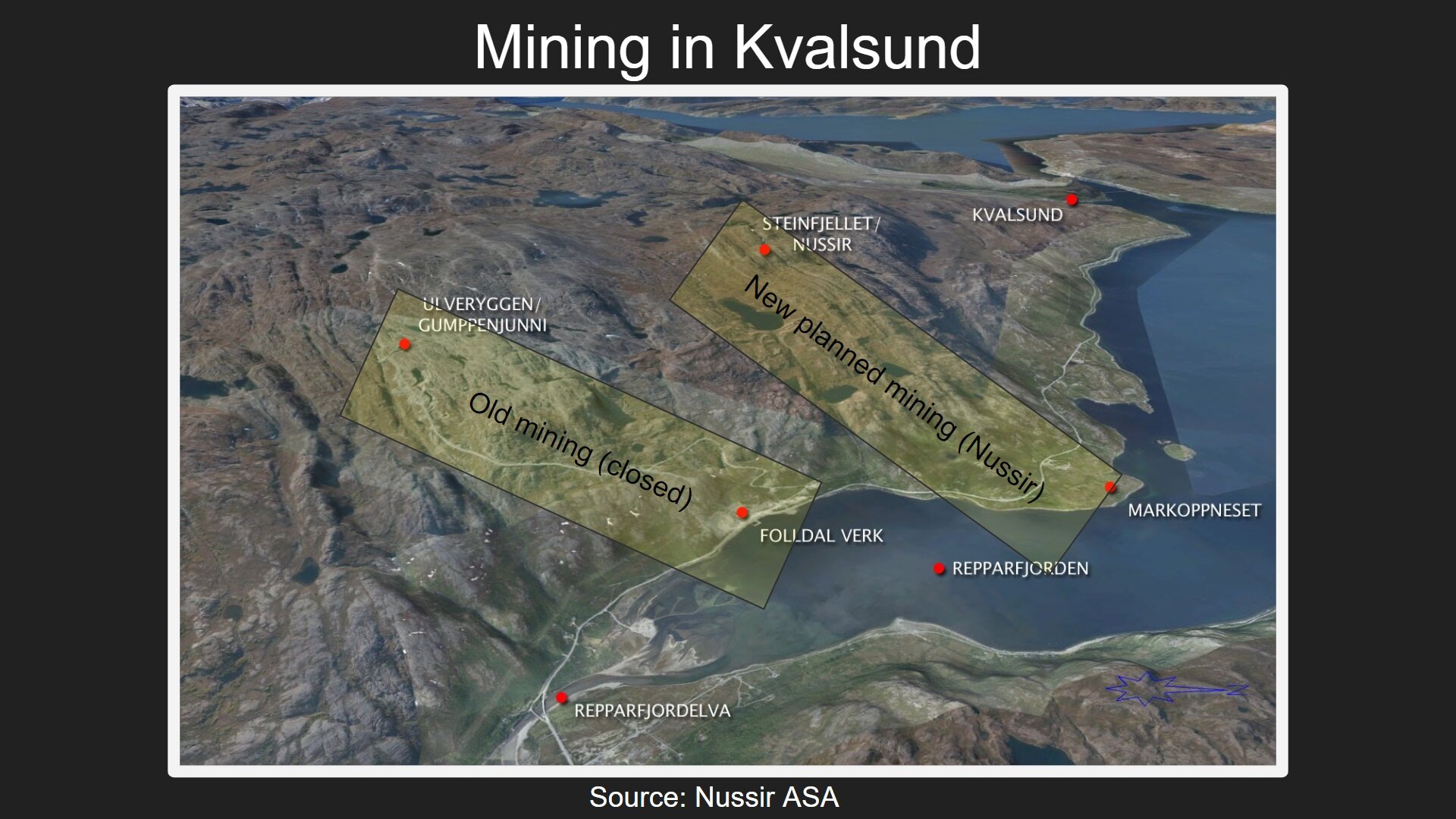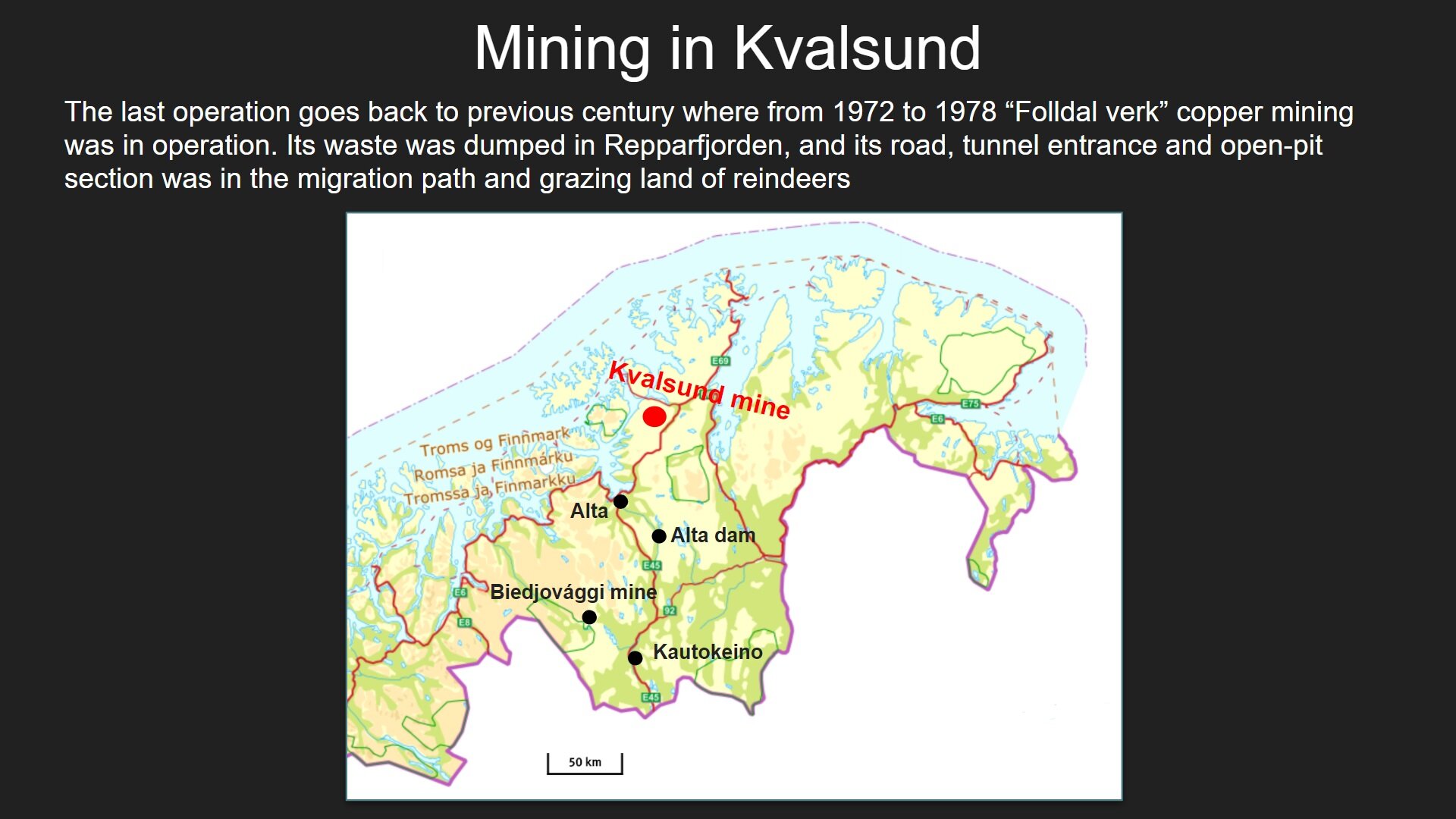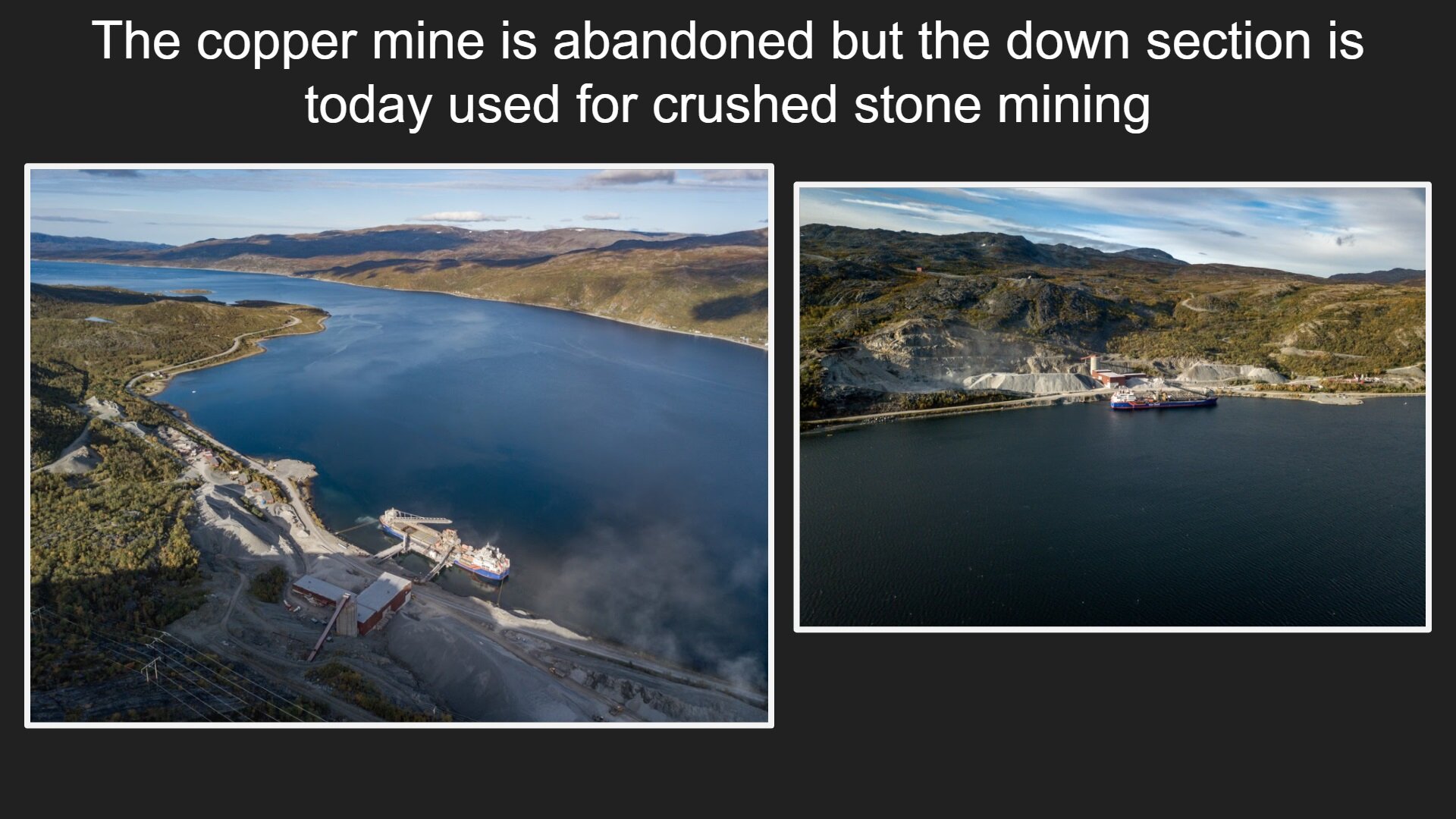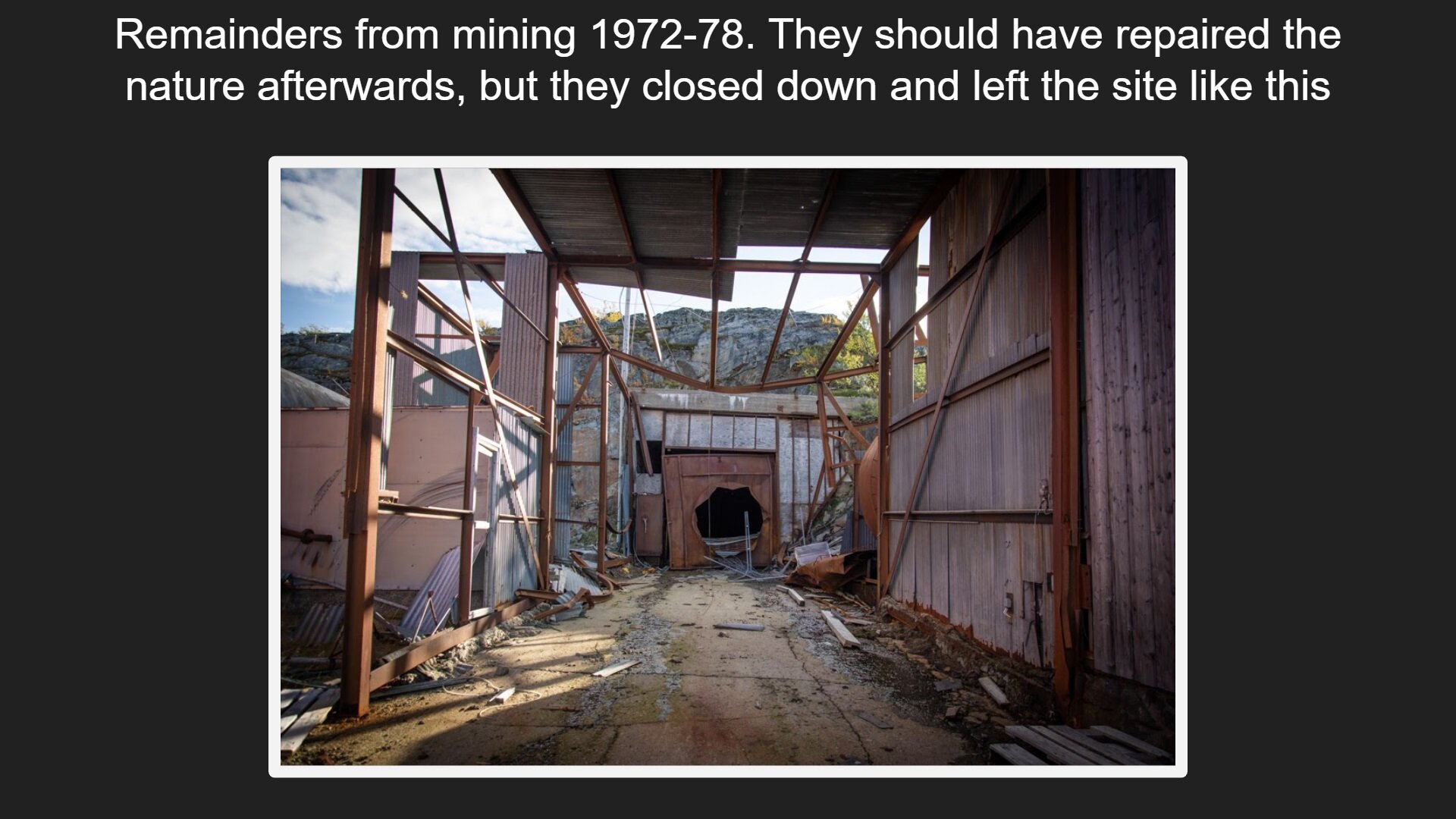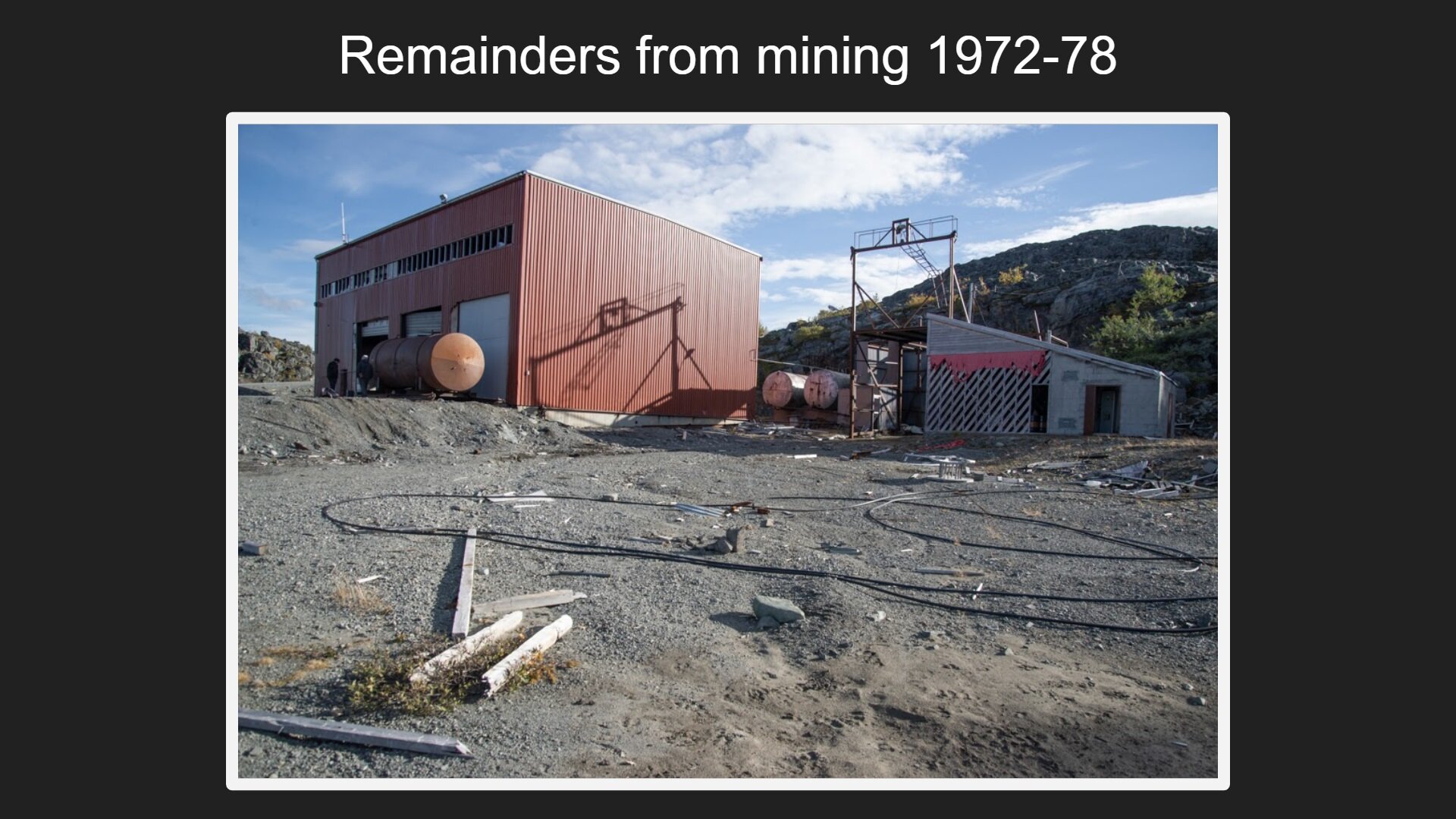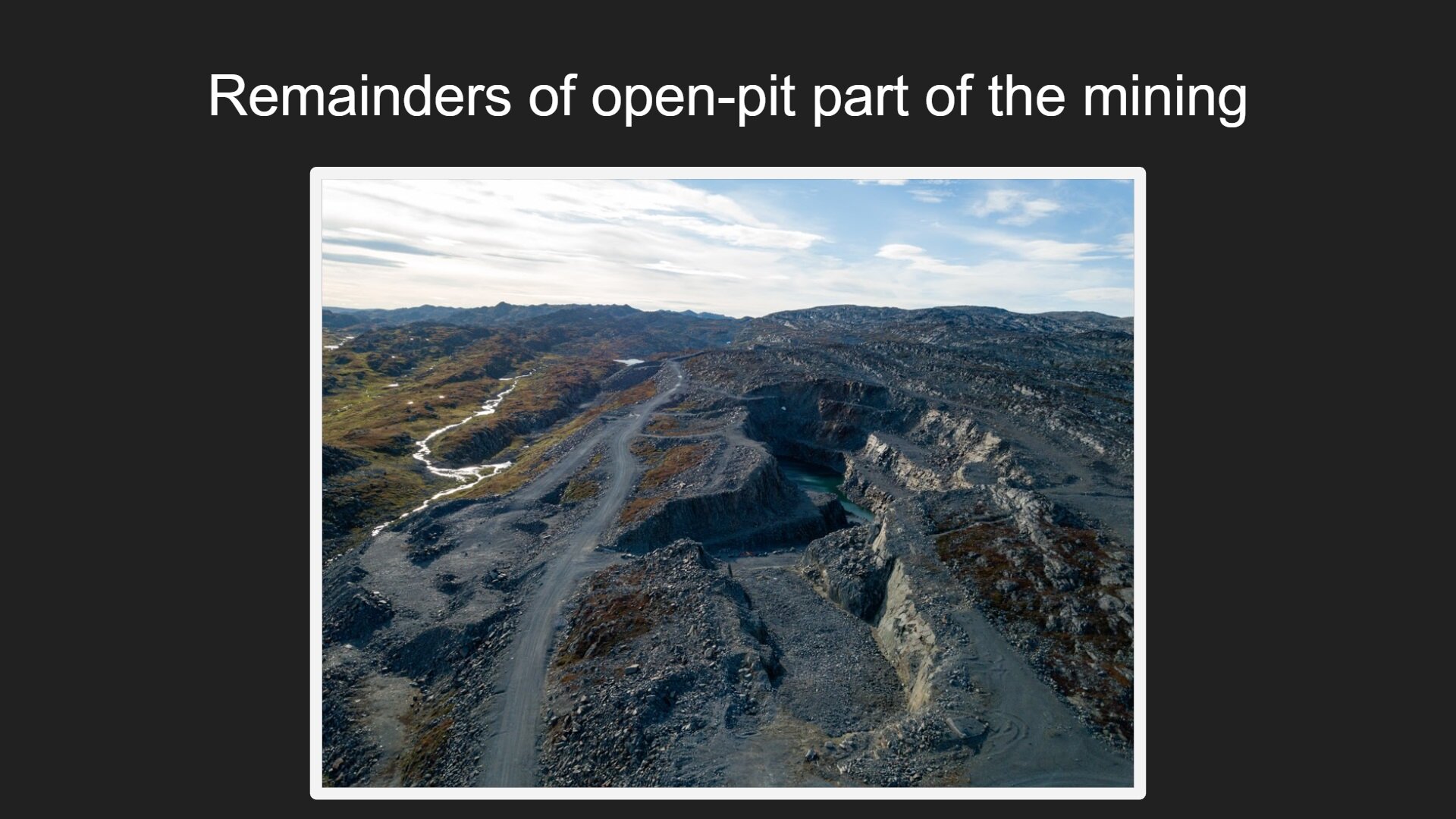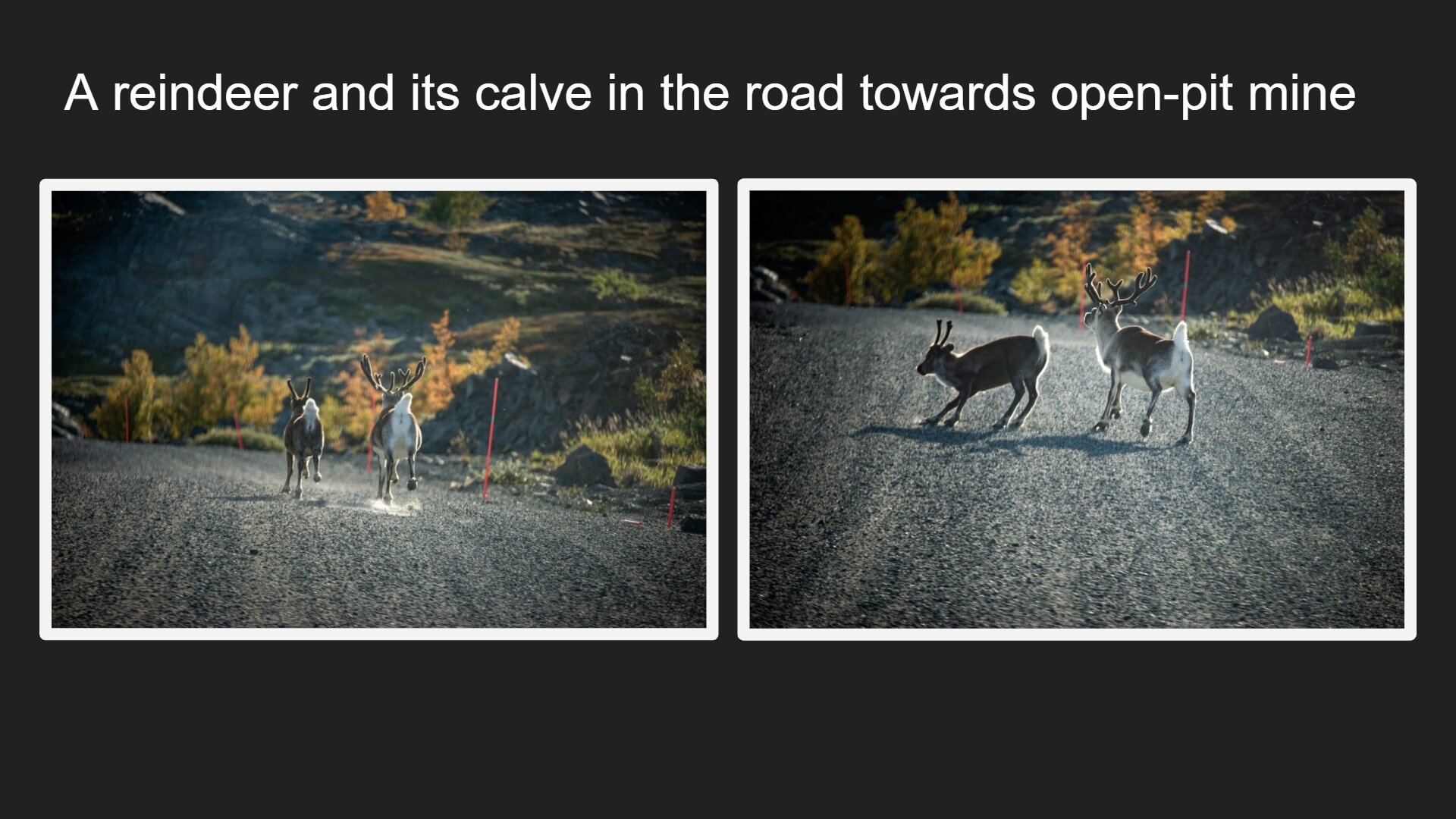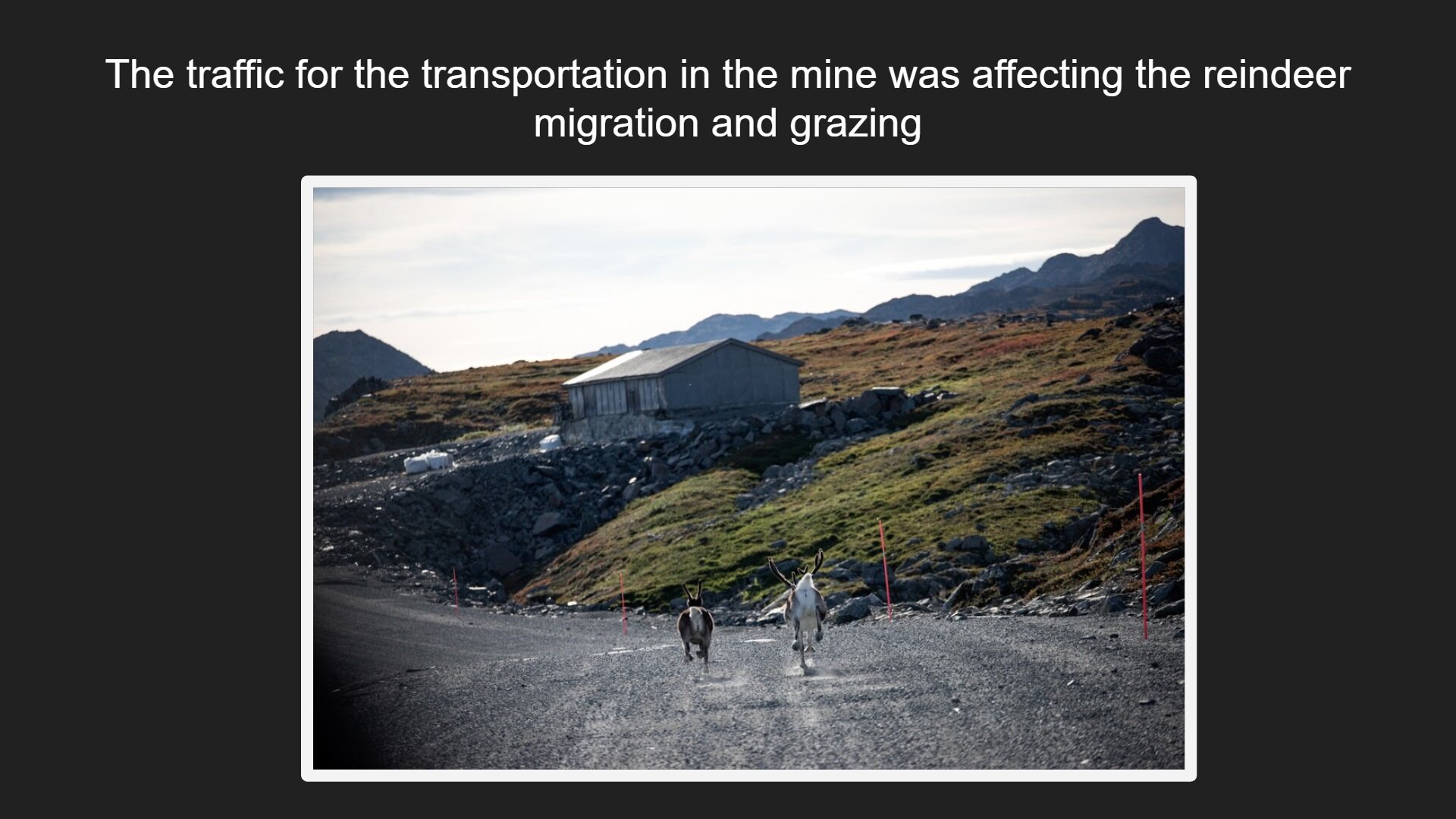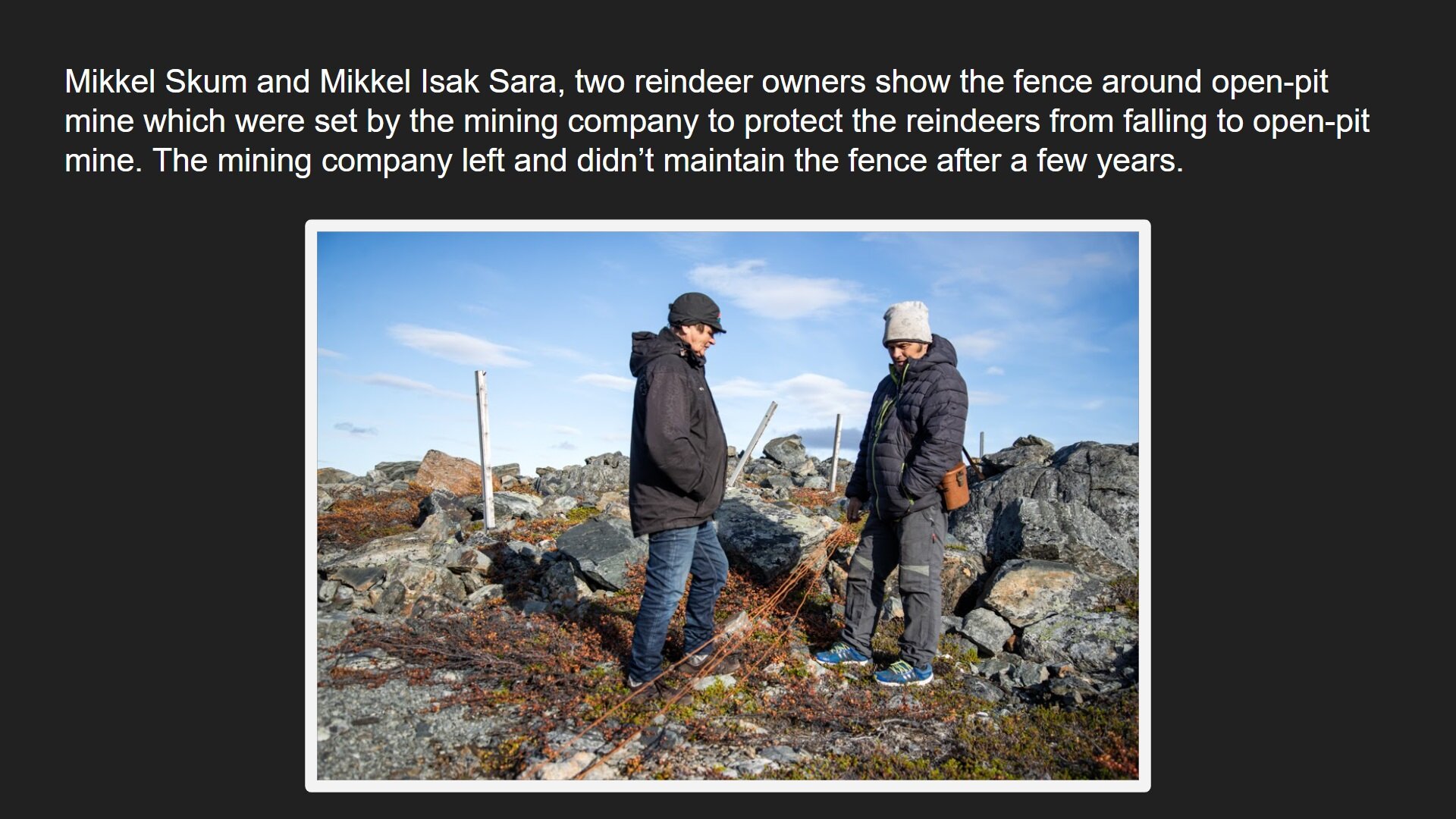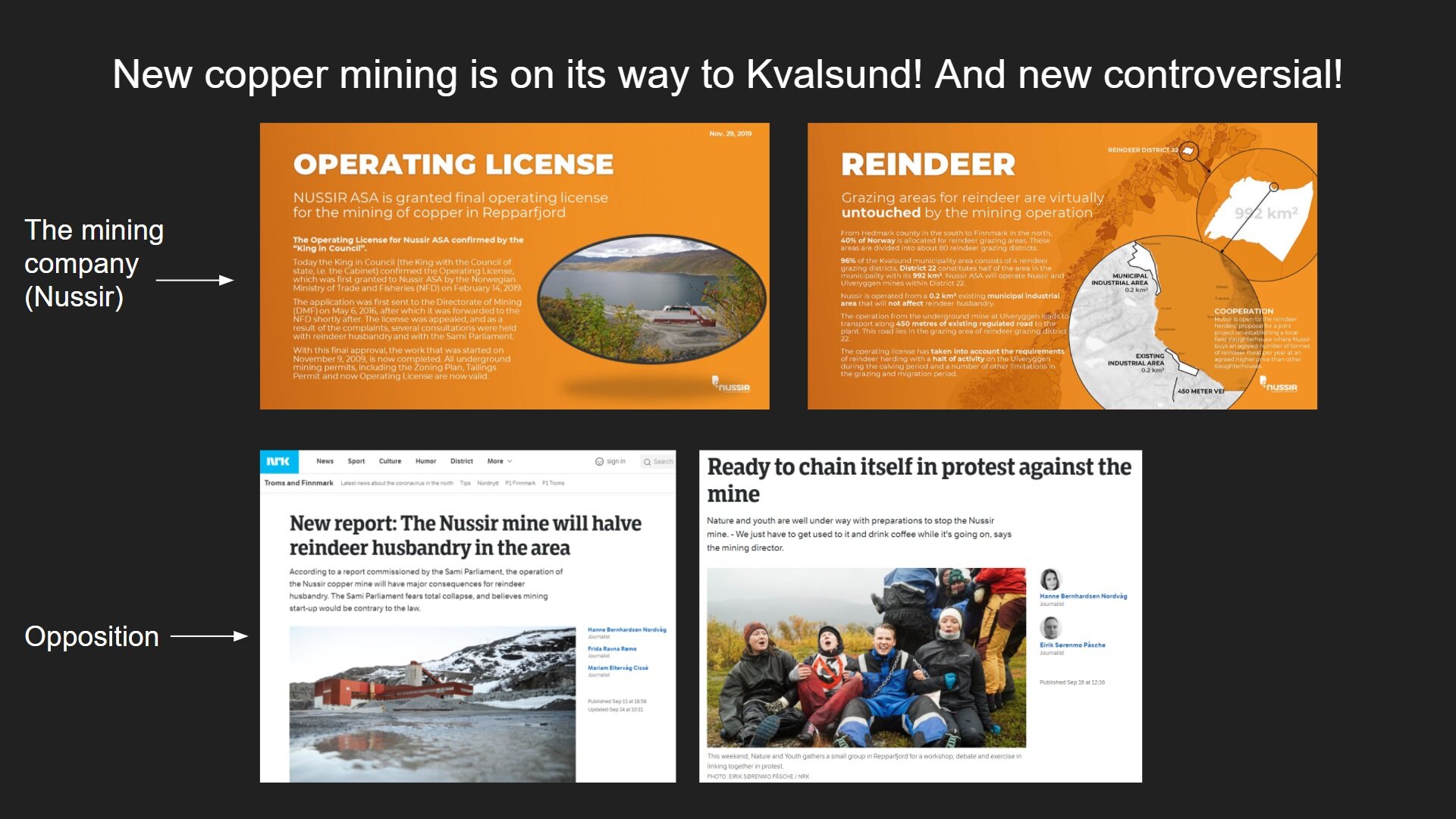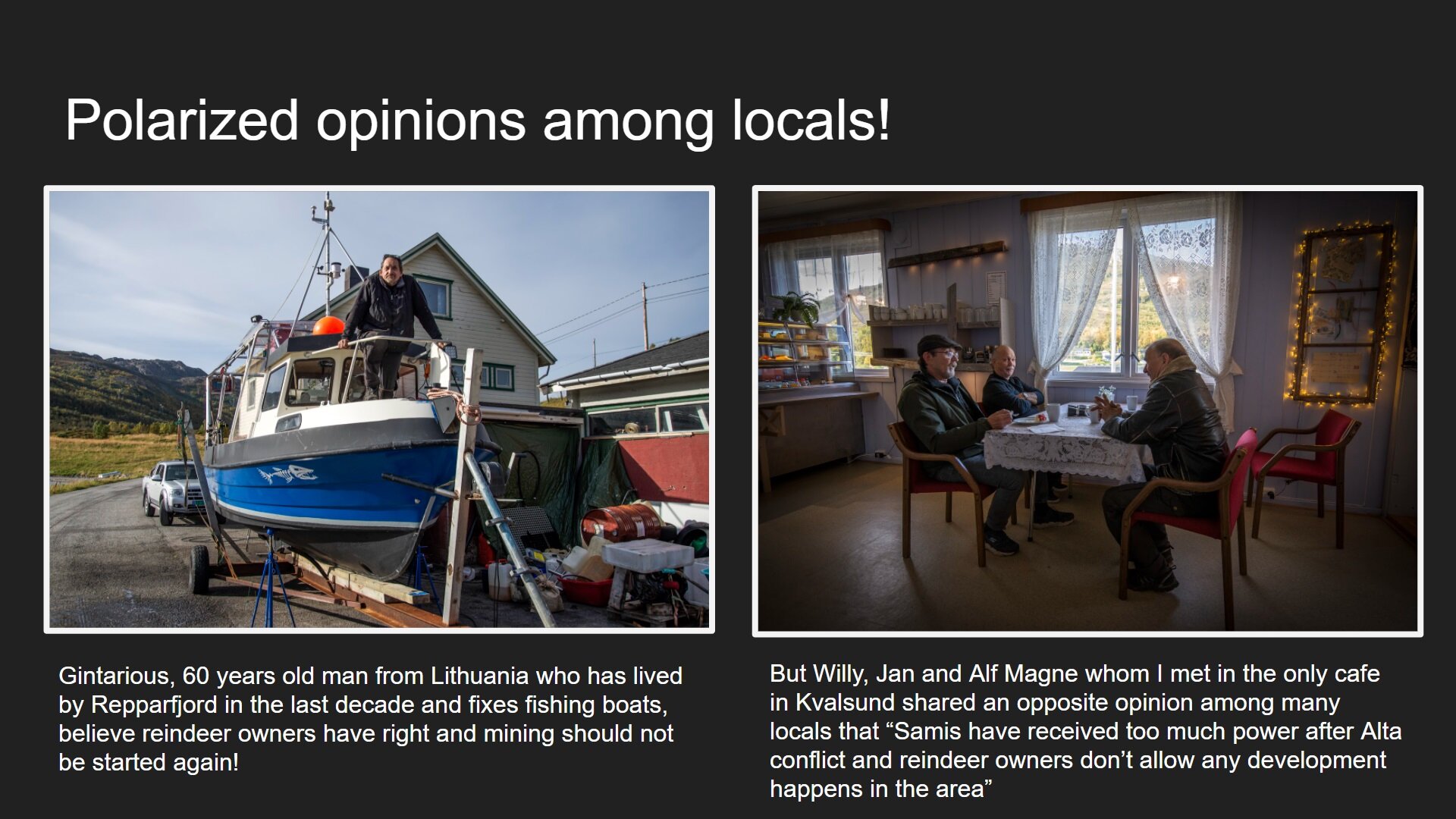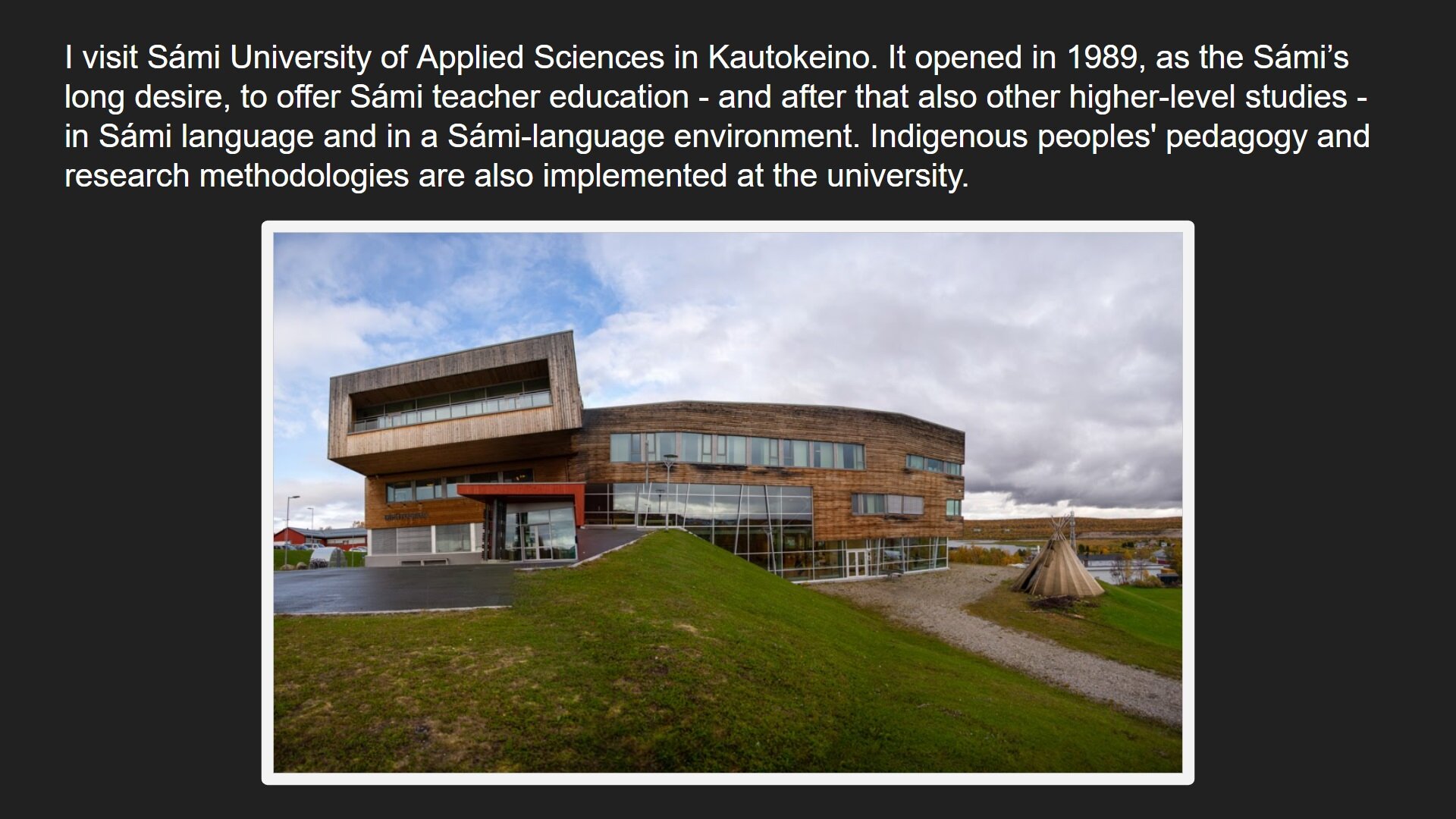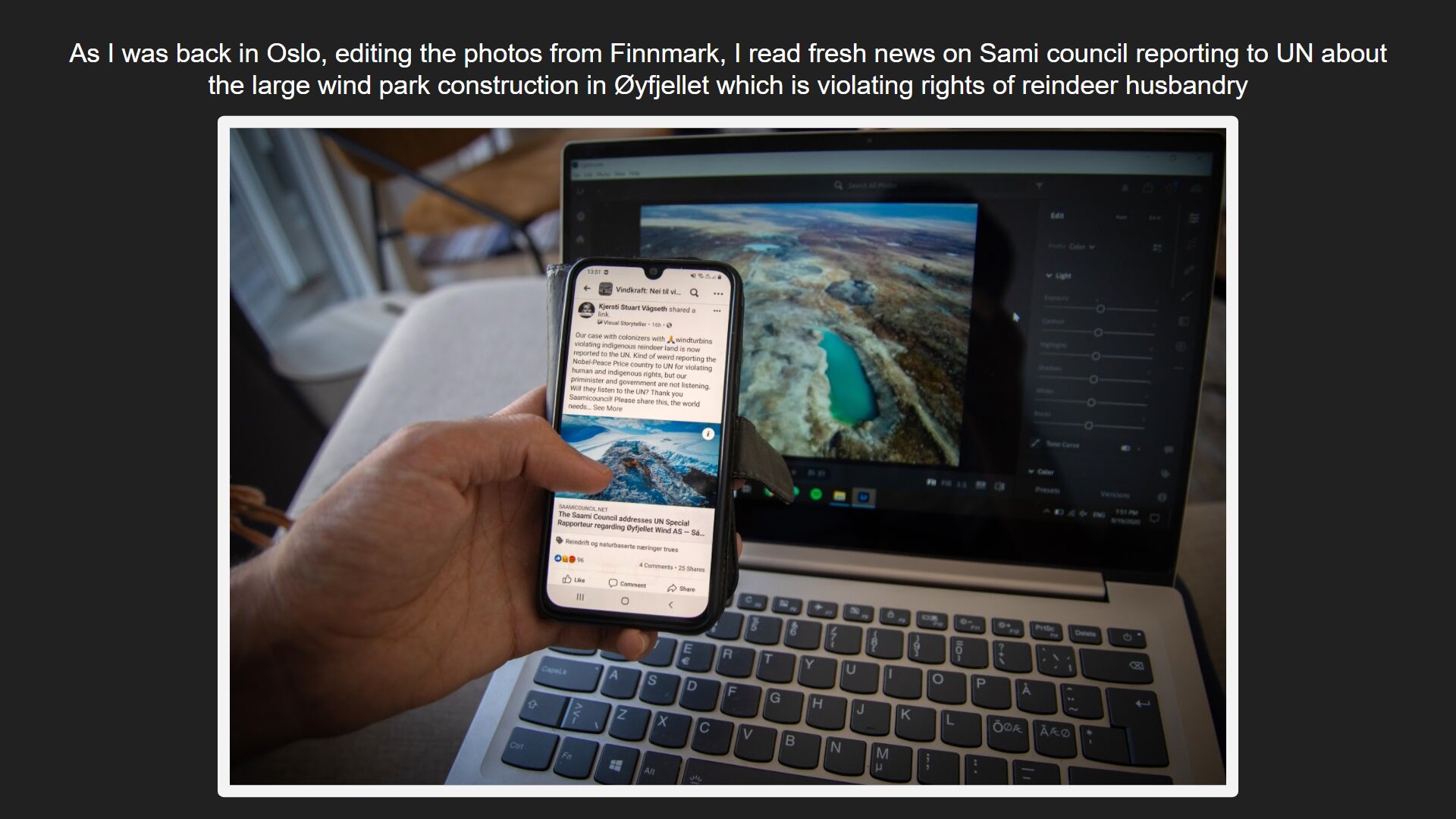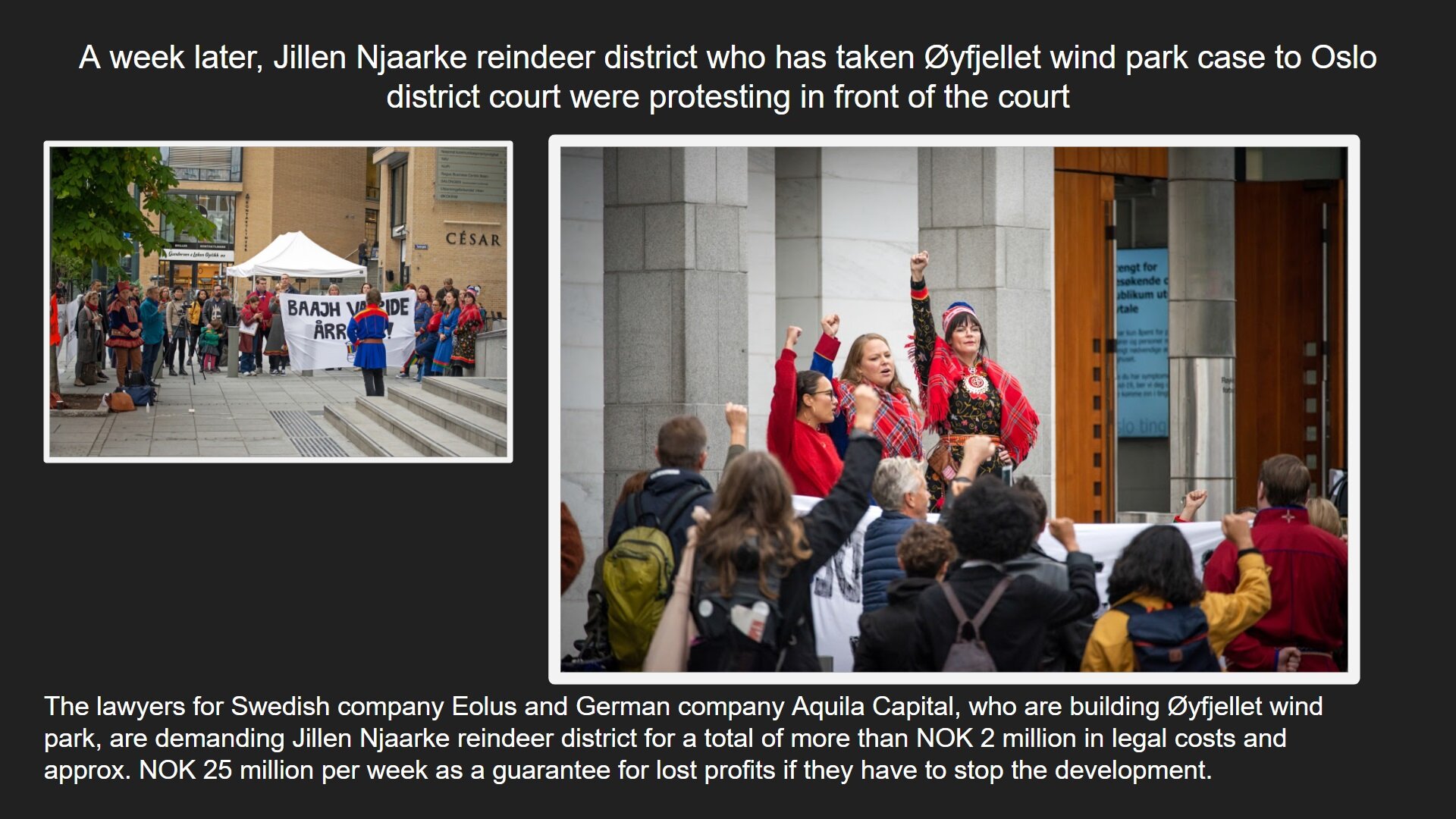Green shift or green colonialism?
The mainstream narrative in the green shift is focusing on only one planetary boundary, climate change, and praises any solution or product which does not emit CO2 as “green”, for its “zero” impact on environment. This deficient narrative overlooks several other planetary boundaries which have been under pressure, specifically biodiversity, land-system change and biogeochemical flows. The result is often new developments and new deals which are trying to solve one environmental issue by neglecting and therefore sacrificing other environmental aspects.
On the other hand, the mainstream narrative of the development has been dominated by growth-based and extraction-driven economy, under hegemony of Western worldview towards human life, progress and welfare. Negative externalities of economic activities for both environment and society have been always justified for promises of economic growth such as job creation. Although advocates of neoextractivism claims that new extractive practices would be “environmentally friendly” and “socially responsible”, extractive industries have expanded and continue to expand in new frontiers with the negative effects of dispossessing people from their land, and disrupting social structures, territories, and alternative forms of life (Diana Vela Almeida).
This photo documentary project is aiming to visualize the negative environmental and social impacts of green shift and green extractivism in the territory of indigenous people of Norway (Sapmi). This development has been called “green colonialism” by Aili Keskitalo, the president of the Sami Parliament, some researchers in the field of indigenous knowledge, and some protesters against wind development in Norway.
In the first part of the project I visited Finnmark, to become familiar and document the older extractivism and conflicts around mining and water dam in the area. In the second part of the project I am planning to document the impacts and conflicts around ongoing wind energy development in the Sapmi.
